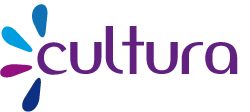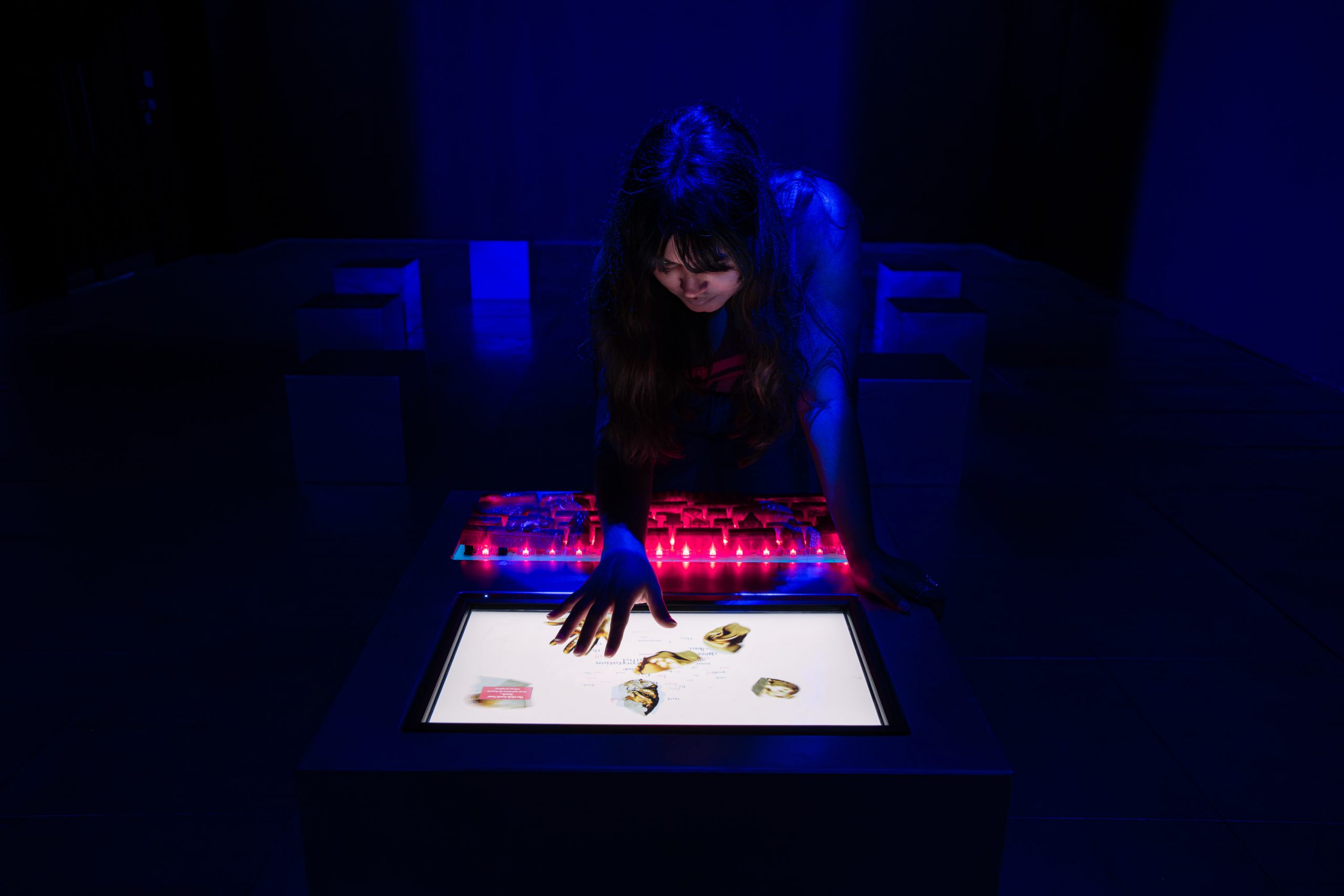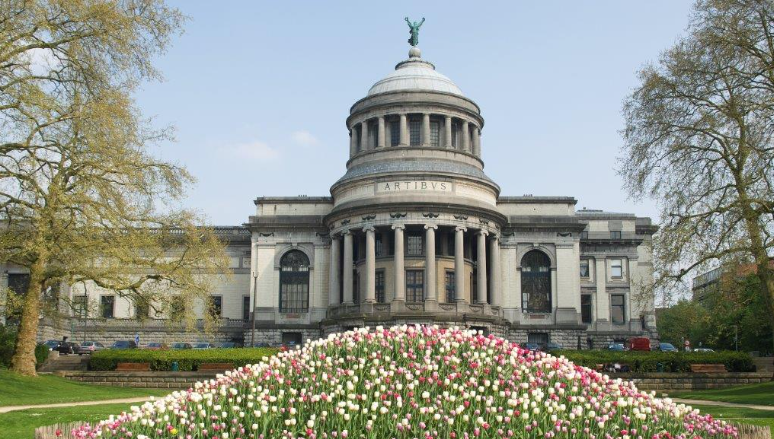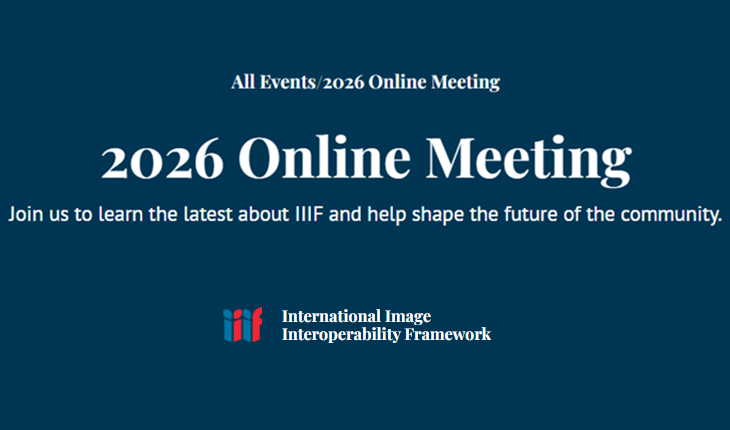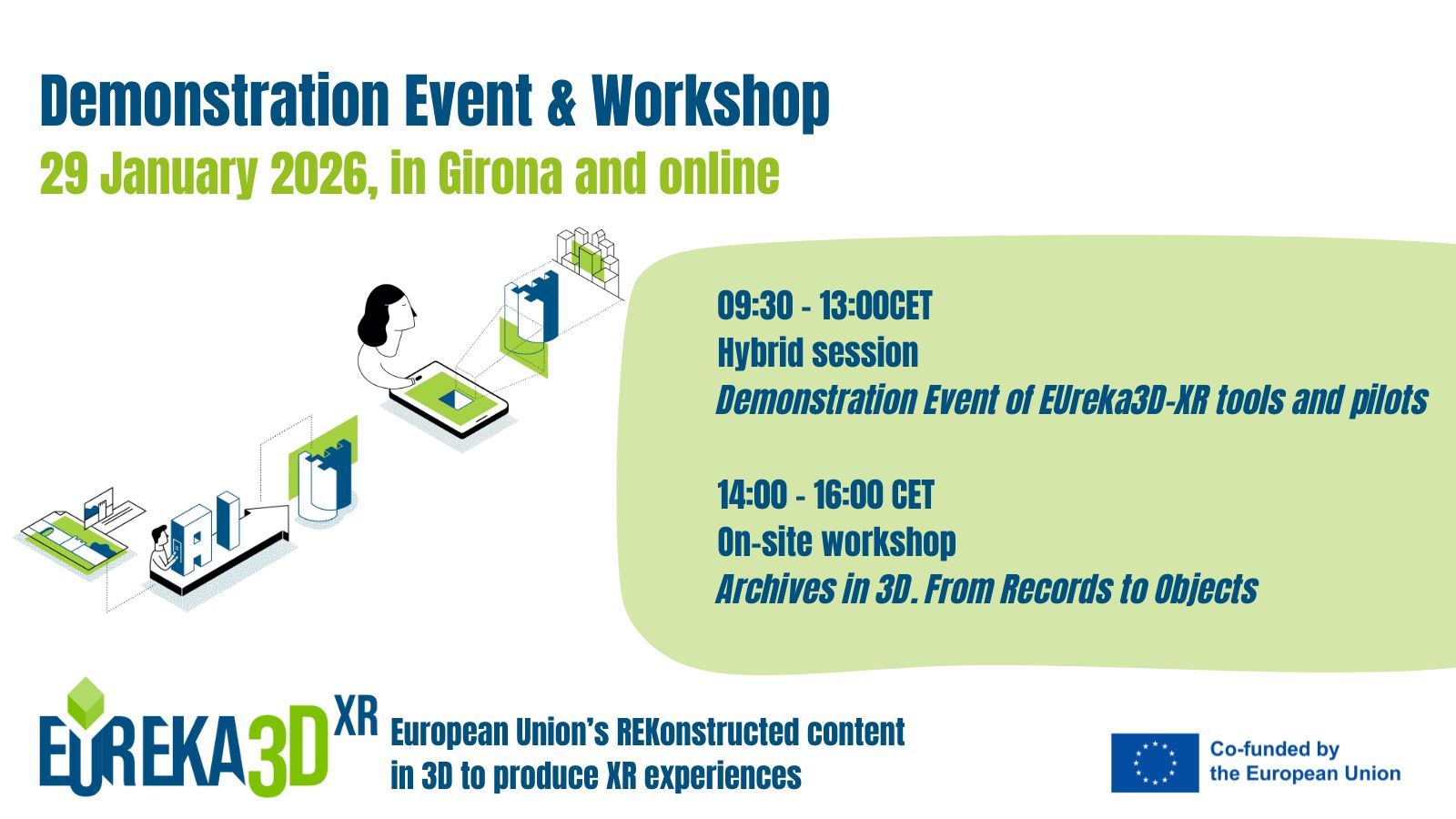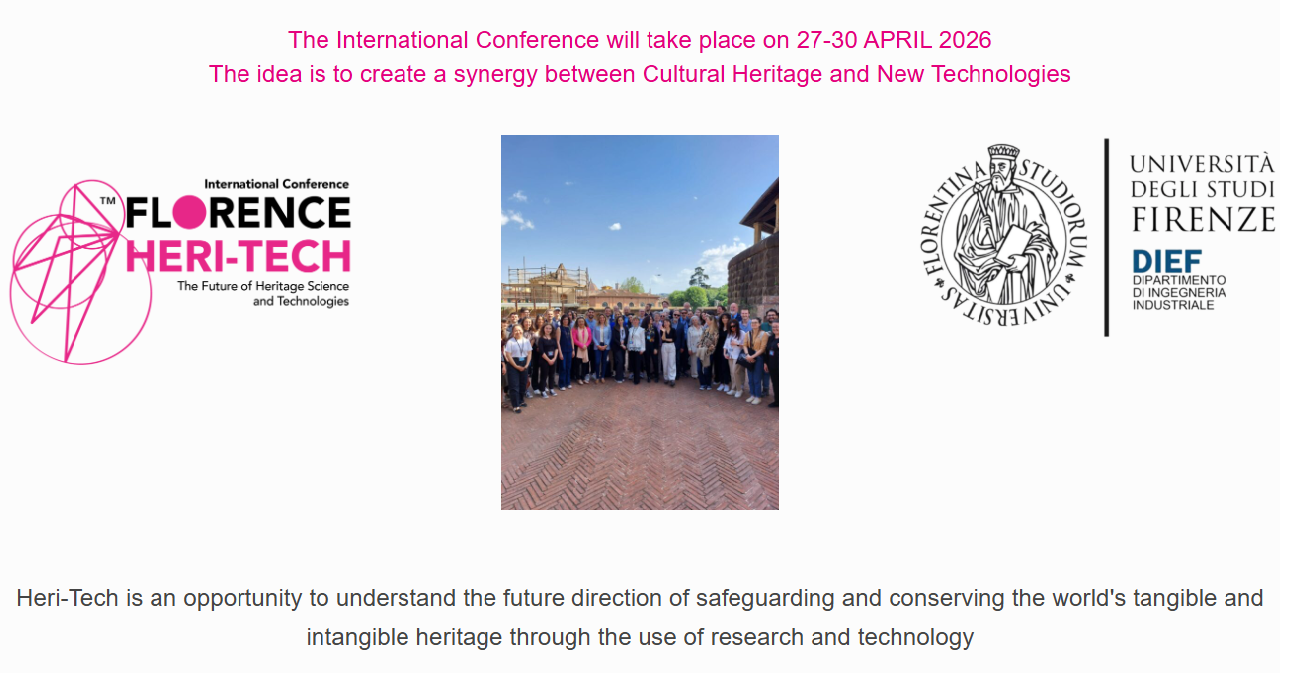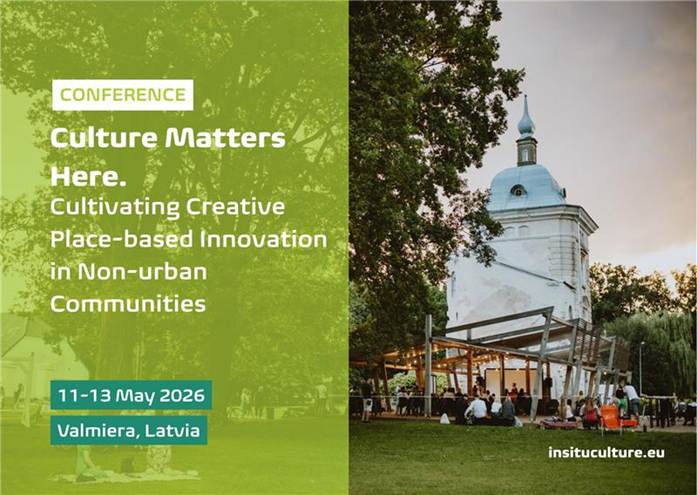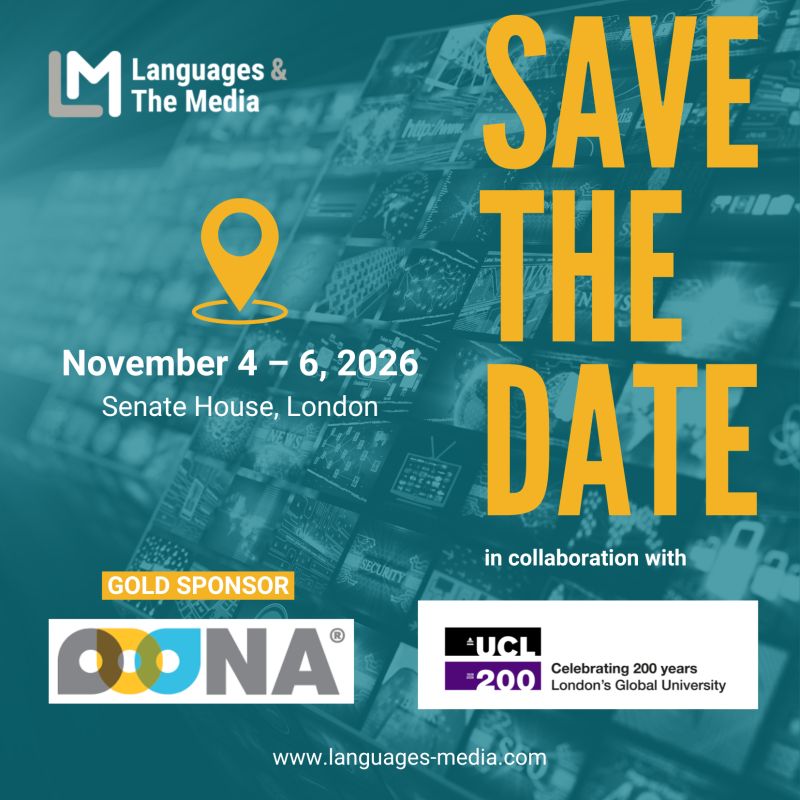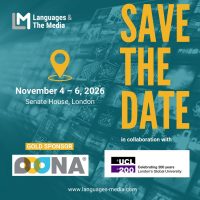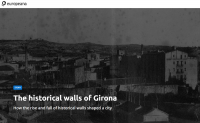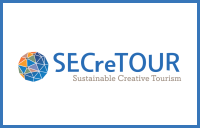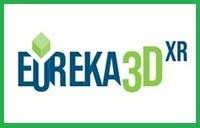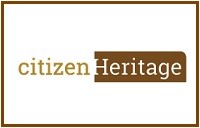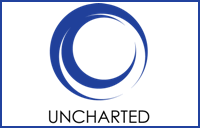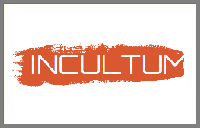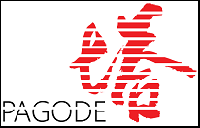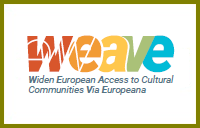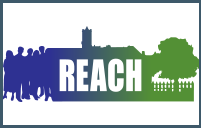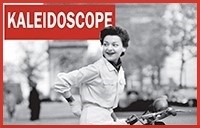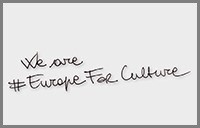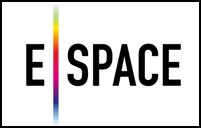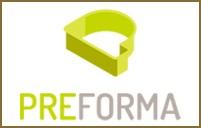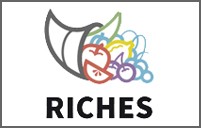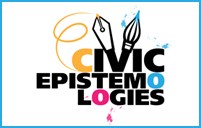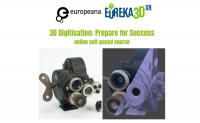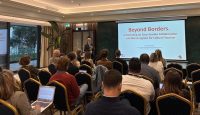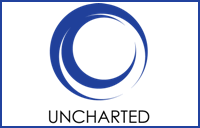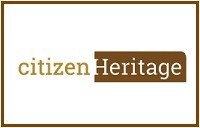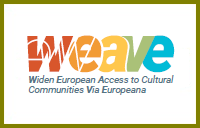The conference was the occasion to launch and showcase the first set of EUDAT services.
EUDAT project provides an integrated solution for finding, sharing, storing, replicating, staging & computing primary and secondary research data, deployed thanks to different services.
digitalmeetsculture was media partner of this important event, the EUDAT 2nd conference held on 28-30 Oct 2013 in Rome, that saw the participation of international speakers discussing the new challenges for research in the big data era. Medicine and Natural sciences, including astronomy, biology, chemistry, earth sciences and physics, and, more recently, the Social Science and Humanities and in particular the Digital Cultural Heritage (DCH) sector are facing an increasing need for new services and data management solutions.
For this reason, the conference was the ideal setting to showcase the services developed withing the EUDAT project, and outline the roll out phase as well as to offer hands-on training. Discussions on the new set of EUDAT services were also a feature of the conference with semantic annotation, dynamic data & workflows addressed, a natural follow on to the Working Group discussions that were held in Barcelona in Sept. 2013.
EUDAT first set of data services currently includes:
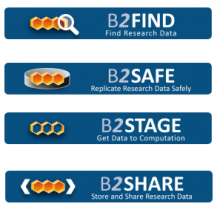 B2FIND : a simple and user-friendly way to find and access research data collections stored in EUDAT data centers
B2FIND : a simple and user-friendly way to find and access research data collections stored in EUDAT data centers
B2SAFE : a robust, safe and highly available replication service allowing community and departmental repositories to replicate their research data
B2STAGE : a reliable, efficient, easy-to-use service to ship large amounts of research data between EUDAT storage resources and workspace areas of high-performance computing systems.
B2SHARE : a user-friendly, reliable & trustworthy way for researchers & communities to store and share their research data.
EUDAT’s approach to building services is based on three fundamental elements:
- Capturing community requirements
- Appraisal of technologies and service candidates
- Operation of the collaborative infrastructure
These services imply and demand data access and re-use policies as well as sustainability plans and cost & funding models, not to forget public-private-partnerships and interoperability all addressed during the conference.

Cultural Heritage and Social Sciences & Humanities featured strongly in this year’s conference with two dedicated workshops: Social Science and Humanities (SSH) tackle the Big Data challenge and Digital Preservation of Cultural Data.
The former saw the presentation of several case studies, demonstrating what can be achieved with big data in these fields: from new archaeological methods to understanding historical census data, and from handling audio-visual data to understanding works of art.
The latter brought together projects and initiatives working world-wide in the domain of the digital preservation of digital cultural heritage, digital arts, digital performances and digital humanities, to identify common goals and strategic approaches, find synergies, and discuss opportunities for cooperation, starting from concrete use cases. Several services were presented during the workshop: EUDAT services to safely store and preserve data, SCIDIP-ES tools for managing provenance and authenticity, SCAPE scalability platform, APARSEN registry of services.
They will all be tested in the second run of the Proof of Concepts that will be conducted by DCH-RP, the project who organised the workshop, generating a very concrete impact of the encounter. Finally, new emerging issues have been investigated, such as the possibility for the memory institutions to check the conformance of their digital archives implemented in the most common file formats. This is a key topic in the digital preservation workflow and it will be the subject matter of the new PREFORMA Pre-Commercial Procurement project.
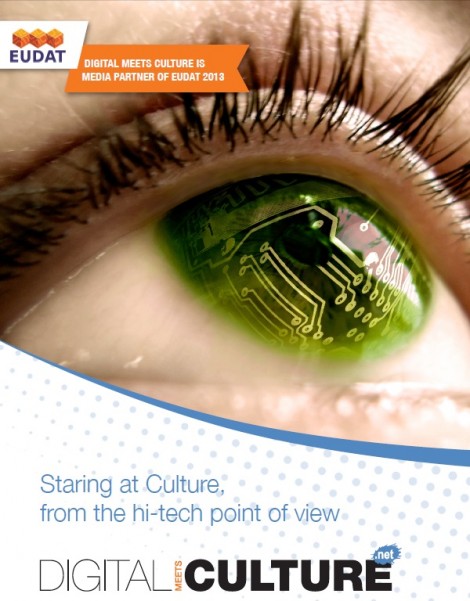
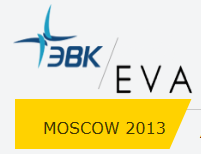 The EVA Moscow event is of course part of the EVA conference series, and the 2013 edition was a real success, with over 500 attendants, all very interested and motivated.
The EVA Moscow event is of course part of the EVA conference series, and the 2013 edition was a real success, with over 500 attendants, all very interested and motivated.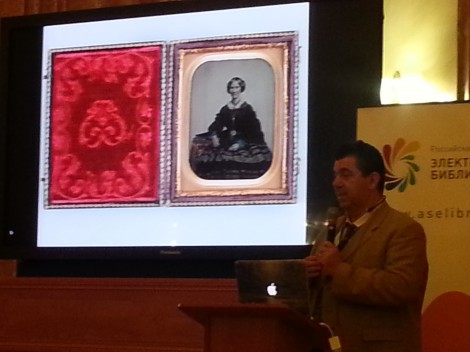
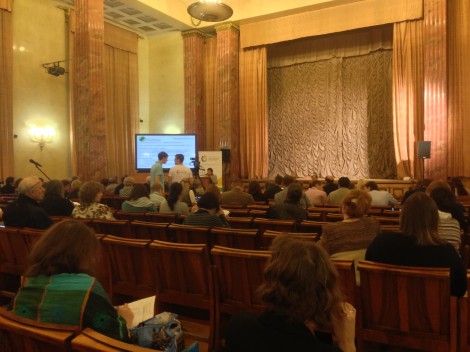
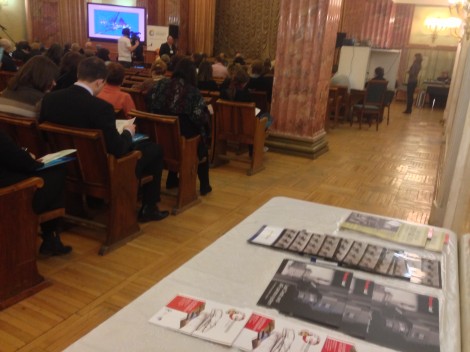


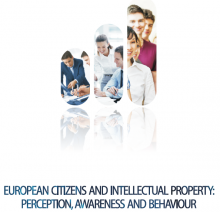

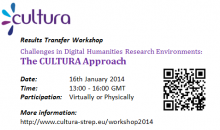
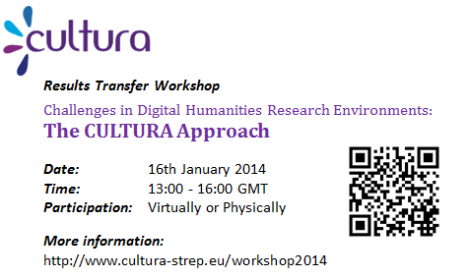
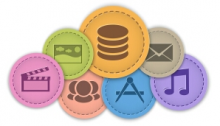

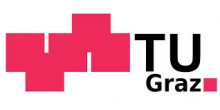 This
This 
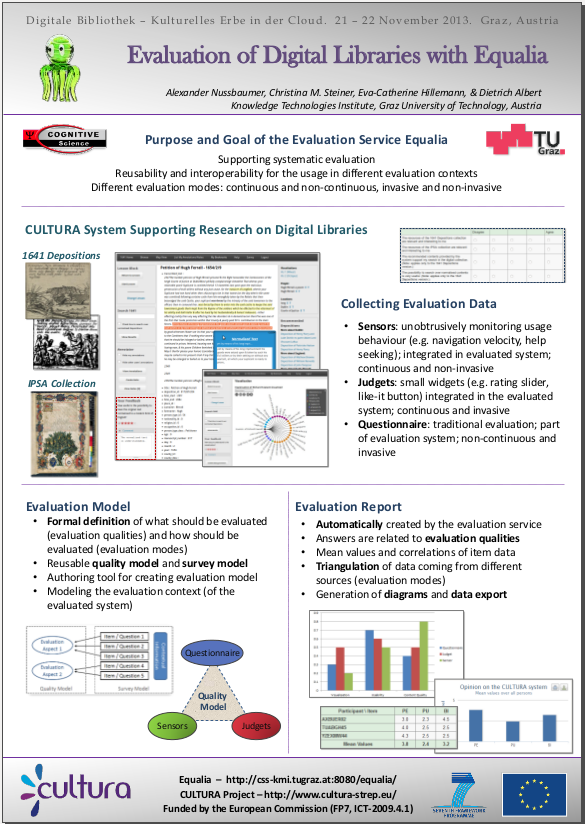
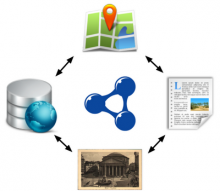
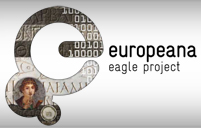 EAGLE is a Best-Practice Network (BPN), co-funded through the
EAGLE is a Best-Practice Network (BPN), co-funded through the 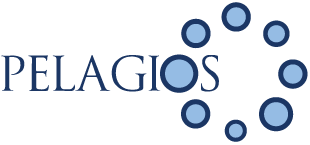 PELAGIOS stands for “Pelagios: Enable Linked Ancient Geodata In Open Systems”. It is a collective of projects connected by a shared vision – most eloquently described in
PELAGIOS stands for “Pelagios: Enable Linked Ancient Geodata In Open Systems”. It is a collective of projects connected by a shared vision – most eloquently described in 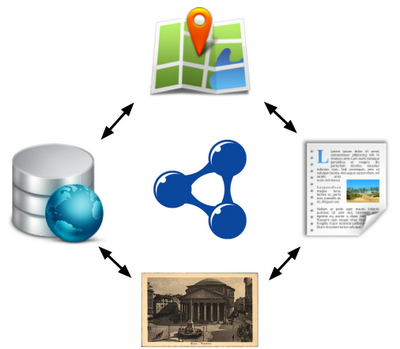 By joining Pelagios, EAGLE will be able to connect with other major online projects about the Ancient World and make its data accessible to other aggregator and LOD projects to increase the quality, usability and accessibility of data provided by the BPN. Moreover, working with the Pelagios team, EAGLE looks forward to taking linked ancient world data one step further in terms of networking and interoperability and to helping facilitate research in all disciplines of the field, digital or otherwise.
By joining Pelagios, EAGLE will be able to connect with other major online projects about the Ancient World and make its data accessible to other aggregator and LOD projects to increase the quality, usability and accessibility of data provided by the BPN. Moreover, working with the Pelagios team, EAGLE looks forward to taking linked ancient world data one step further in terms of networking and interoperability and to helping facilitate research in all disciplines of the field, digital or otherwise.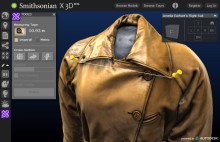
 “With only 1% of collections on display in Smithsonian museum galleries, digitization affords the opportunity to bring the remaining 99% of the collection into the virtual light.” said Günter Waibel, Director of the Digitization Program Office. “All of these digital assets become the infrastructure which will allow not just the Smithsonian, but the world at large to tell new stories about the familiar, as well as the unfamiliar, treasures in these collections.”
“With only 1% of collections on display in Smithsonian museum galleries, digitization affords the opportunity to bring the remaining 99% of the collection into the virtual light.” said Günter Waibel, Director of the Digitization Program Office. “All of these digital assets become the infrastructure which will allow not just the Smithsonian, but the world at large to tell new stories about the familiar, as well as the unfamiliar, treasures in these collections.”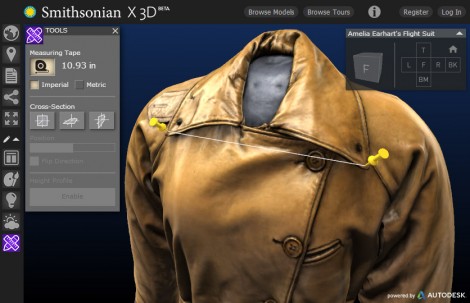
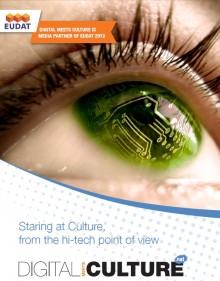



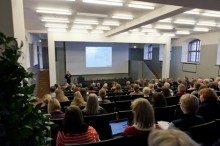
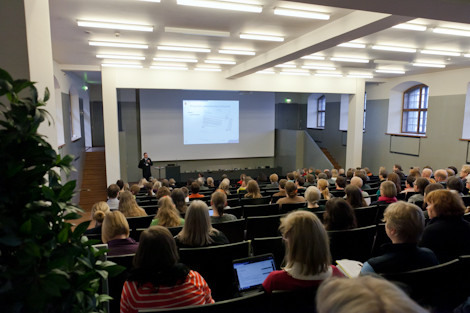
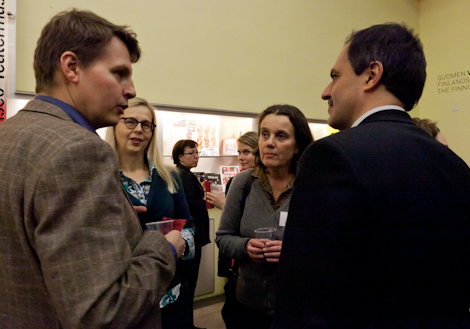
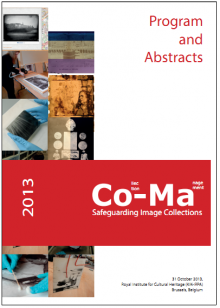
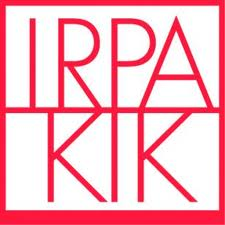 The 31st of October 2013, Brussels’ IRPA (Royal Institute for Cultural Heritage) hosted a 1-day conference on issues in the management of photographic collections:
The 31st of October 2013, Brussels’ IRPA (Royal Institute for Cultural Heritage) hosted a 1-day conference on issues in the management of photographic collections: 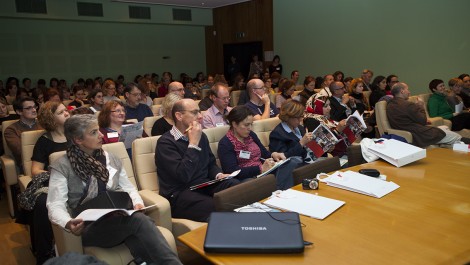

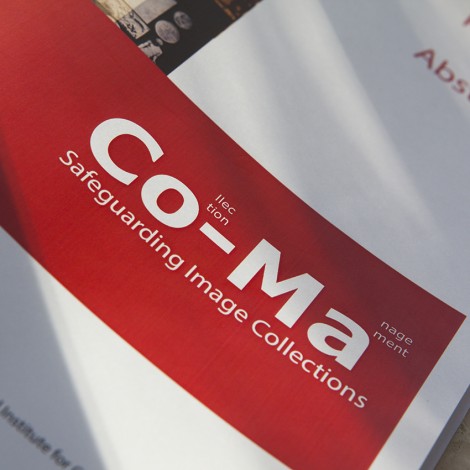

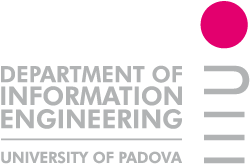 All the submitted abstracts for which the primary author was a Master or PhD student were eligible for the AIUCD 2013 Best Student Abstract Award.
All the submitted abstracts for which the primary author was a Master or PhD student were eligible for the AIUCD 2013 Best Student Abstract Award. 